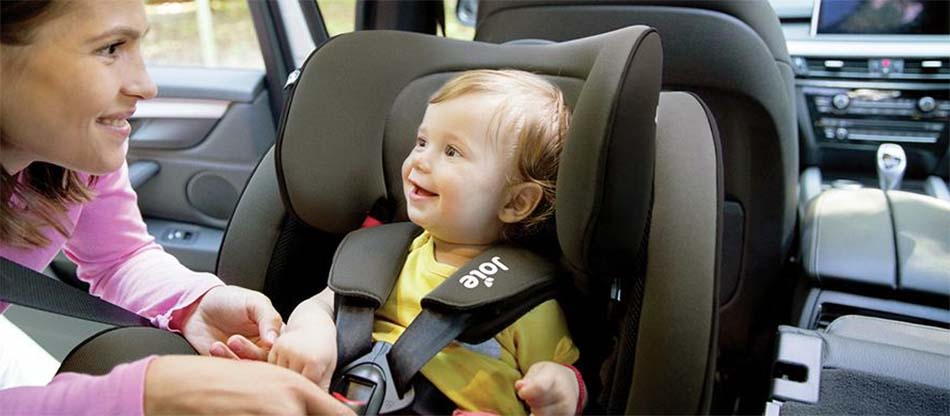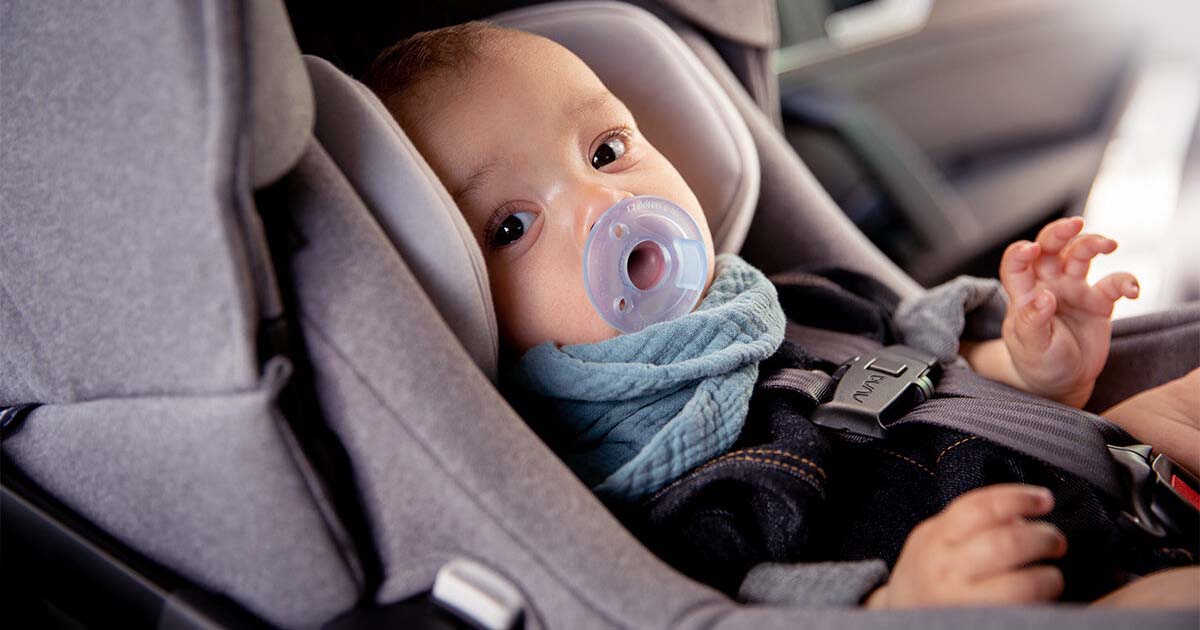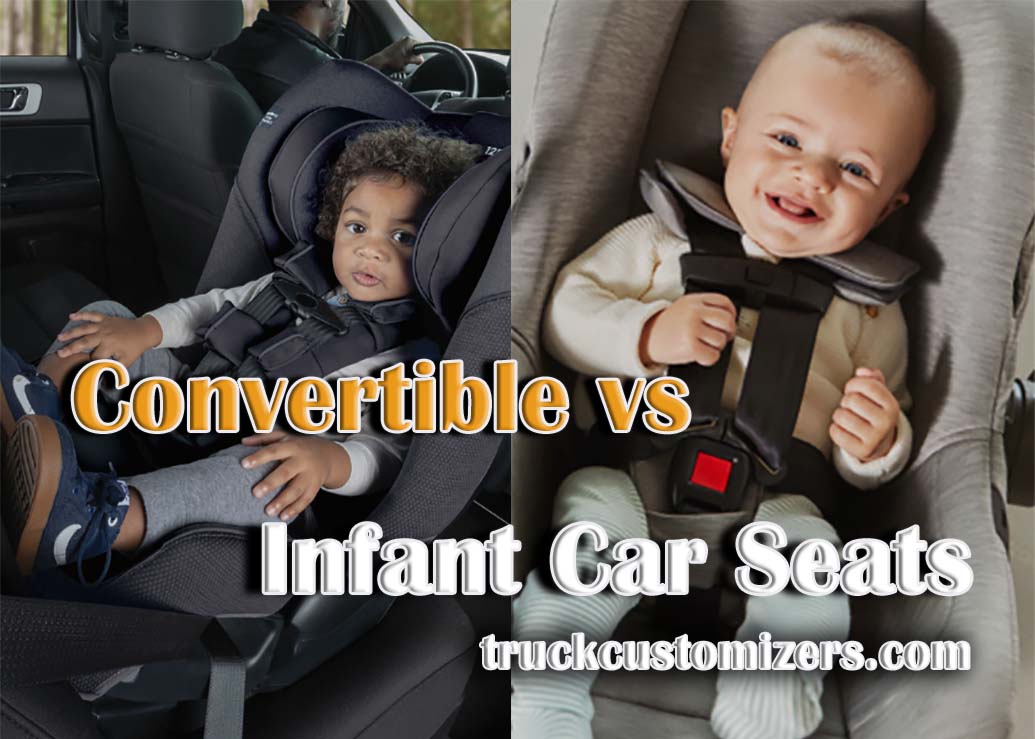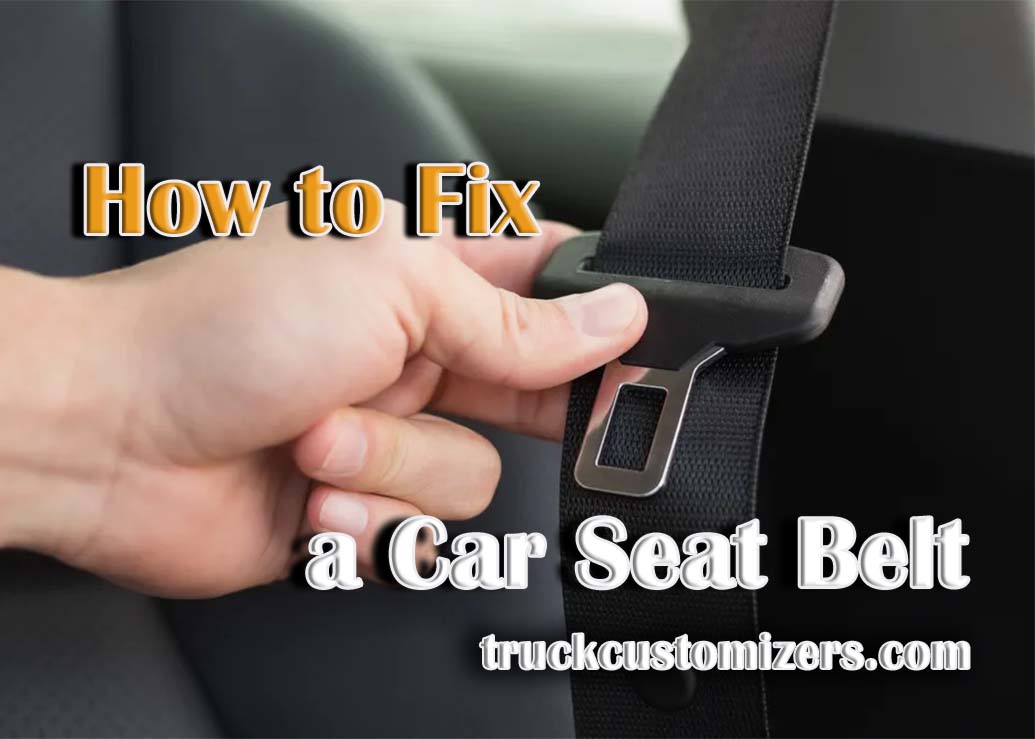When it comes to car seats, parents have a lot of decisions to make. Should they choose a convertible car seat or an infant car seat? Both are designed to keep their child safe while on the road, but there are major differences between the two that must be taken into account when making a decision.
What is a Convertible Car Seat?
A convertible car seat is designed to grow with your child and can be used from birth through age 8 or more.

It can be rear-facing for infants and toddlers, then converted to forward-facing for older children. It typically has higher weight limits than an infant car seat and takes up more space in the vehicle due to its larger size and extended use range.
What is an Infant Car Seat?
An infant car seat is designed for newborns up until around age 2 (or until they reach the maximum weight limit). It’s necessary for infants because it helps protect them from injury in the event of an accident by providing better support and stability than other types of infant seats. The downside is that as your child grows, you’ll need to purchase another type of car seat such as a convertible or booster seat in order to keep them safe.

Differences Between Convertible and Infant
The major differences between a convertible car seat and an infant car seat are in their size, weight limits, and safety features. Convertible car seats have larger sizes and higher weight limits, so they can accommodate children up to 80 lbs or more. They also tend to have more advanced safety features such as adjustable headrests, side impact protection, and higher tether height requirements. Infant car seats, on the other hand, are designed specifically for newborns up until they reach the maximum weight limit of around 35-40 lbs. They usually offer basic safety features but may not have as many adjustable options or side impact protection as a convertible seat.
Safety Considerations
When choosing between a convertible car seat or an infant car seat consider your child’s age and size first. If you’re expecting a baby soon then an infant car seat is likely the best option because it will provide the most protection during their early months of development. But if your child is older than two years old then you should look into purchasing a convertible car seat that will accommodate them up to 80 pounds (or more). In addition to your child’s age and size, you should also consider the safety features offered by each type of seat, such as adjustable headrests, side impact protection, and higher tether height requirements.
Pros & Cons of Both Types of Seats
Convertible car seats offer more longevity than infant car seats because they can be used from birth through age 8 or more. They have higher weight limits and typically have more advanced safety features. On the downside, they take up more space in the vehicle due to their larger size and may not provide as much protection as an infant car seat during the early months of your child’s development.
Infant car seats are designed specifically for newborns up until they reach the maximum weight limit and they take up less space in the vehicle due to their smaller size. However, once your child grows out of it you’ll need to purchase another type of seat such as a convertible or booster seat which can be costly.
Conclusion
When it comes to keeping your children safe while on the road, it’s important to consider both a convertible car seat and an infant car seat when making a decision about which option is best for your family. While both types offer similar safety features, there are major differences between them in terms of size, weight limit, and safety features that must be taken into account when making your choice. Ultimately, you should consider your child’s age and size first before deciding which type of seat is best for their needs.



